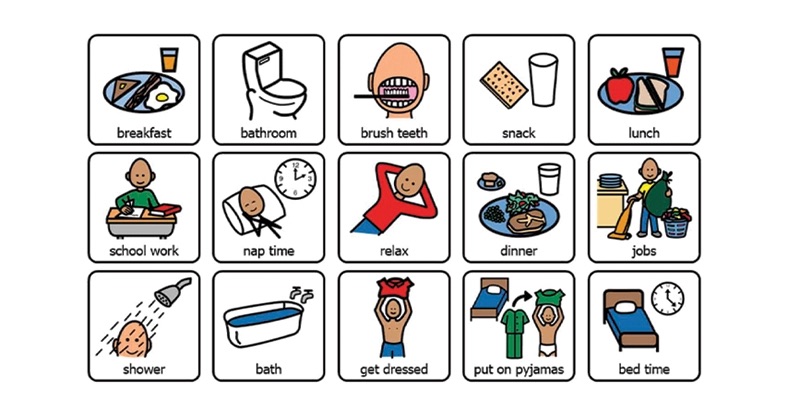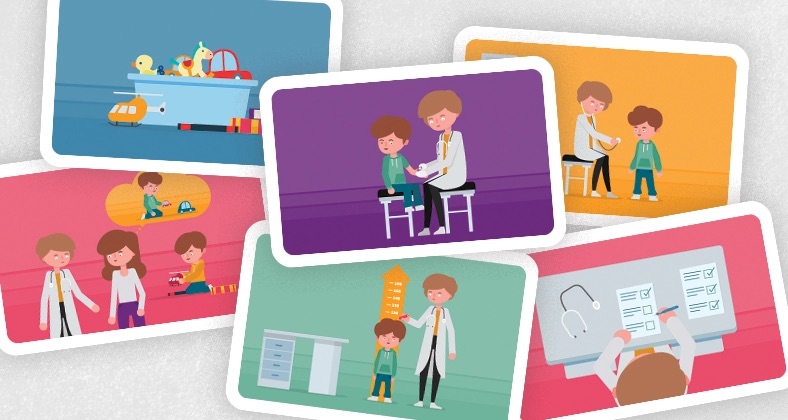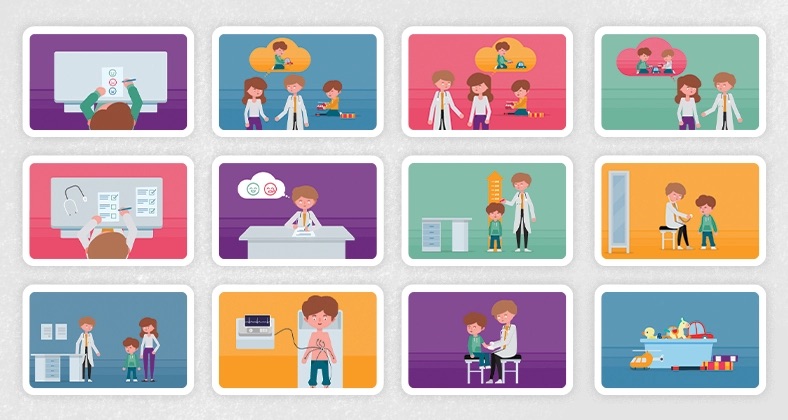When first described in 1943, autism was labelled by psychiatrist and physician Leo Kanner as an emotional disturbance of “extreme autistic aloneness,” “delayed echolalia” and an “anxiously obsessive desire for the maintenance of sameness”, often accompanied by high intelligence and extraordinary memory. It wasn’t until the 1994 release of the DSM-IV that it was categorised as a developmental disorder covering a spectrum of conditions.
Since then, research and clinical work have made huge strides in learning more about the signs, symptoms and biology of autism. Yet it continues to be a black box in more than one way. It has no cure or a single cause, and not two people with autism are the same. What’s certain, however, is that psychosocial support is key to easing the burden on children living with autism and helping them grow into independent adults.
Building a world that works for autistic children
That’s exactly what Servier was looking to do when they asked us to design an activity book that makes medical examinations less stressful for kids on the autism spectrum. The idea was the brainchild of the French pharma giant and Zsuzsanna Szilvasy, the Founder of Mars Foundation and back then the President of Autism Europe, an autism rights association with over 90 member organisations from 38 European countries. And we were more than happy to help make it a reality.
Servier is committed to better understanding the abilities, needs and challenges of children and teens with autism spectrum disorders and developing new therapies that help them improve their communication and social skills as well as their restrictive and repetitive behaviours. As part of these efforts, the pharmaceutical laboratory has been conducting clinical studies with autistic children aged 2 to 6 years and 7 to 17 years.
Fighting uncertainty with design
Situations like physical exams can put a huge pressure on a child with special needs, whether it’s a routine or an emergency visit to the doctor’s or dentist’s office. “The medical environment can be overstimulating with loud noises, large crowds, unfamiliar smells and long waiting times in small areas,” explain the experts of the Autism Behavioral Consult team at Washington’s Children’s National Hospital. “Also, going to the doctor often involves procedures or exams that require physical touch including band aids, shots, physical exams and blood pressure cuffs which can cause anxiety, fear, discomfort and frustration.”

The doctor’s visit demystified
Our goal was to design an activity book that lays out what happens in the examination room so kids will have no problem following what comes when and why. We closely studied Servier’s research process to make sure that each step is portrayed as accurately as possible and involves the least amount of variables.

For a child with autism spectrum disorder, uncertainty is the biggest bogeyman, whether it’s about their next activity, next day or an unfamiliar social situation. Creating routines, structure and consistency around children with ASD is an essential step in setting them up for success. This is why parents are advised to use visual communication cards to explain what is going to happen throughout the day, week or a single activity to reduce anxiety and rigidity around transitions.
Removing steps that might be left out or performed differently during the examination process was one of the biggest challenges of the project. Followed by the task of designing characters that the children can easily recognise and identify with.
Given that Servier’s researchers have been building a large representative sample to obtain accurate medical data, the latter proved to be especially difficult. For the main character, we decided on a teenager who looks just the right age for the age groups targeted.
Whether the examination would be performed by a male or female doctor, however, wasn’t something we could anticipate. To make the activity book fool-proof, we came up with a gender-neutral character to avoid any confusion or discomfort.

